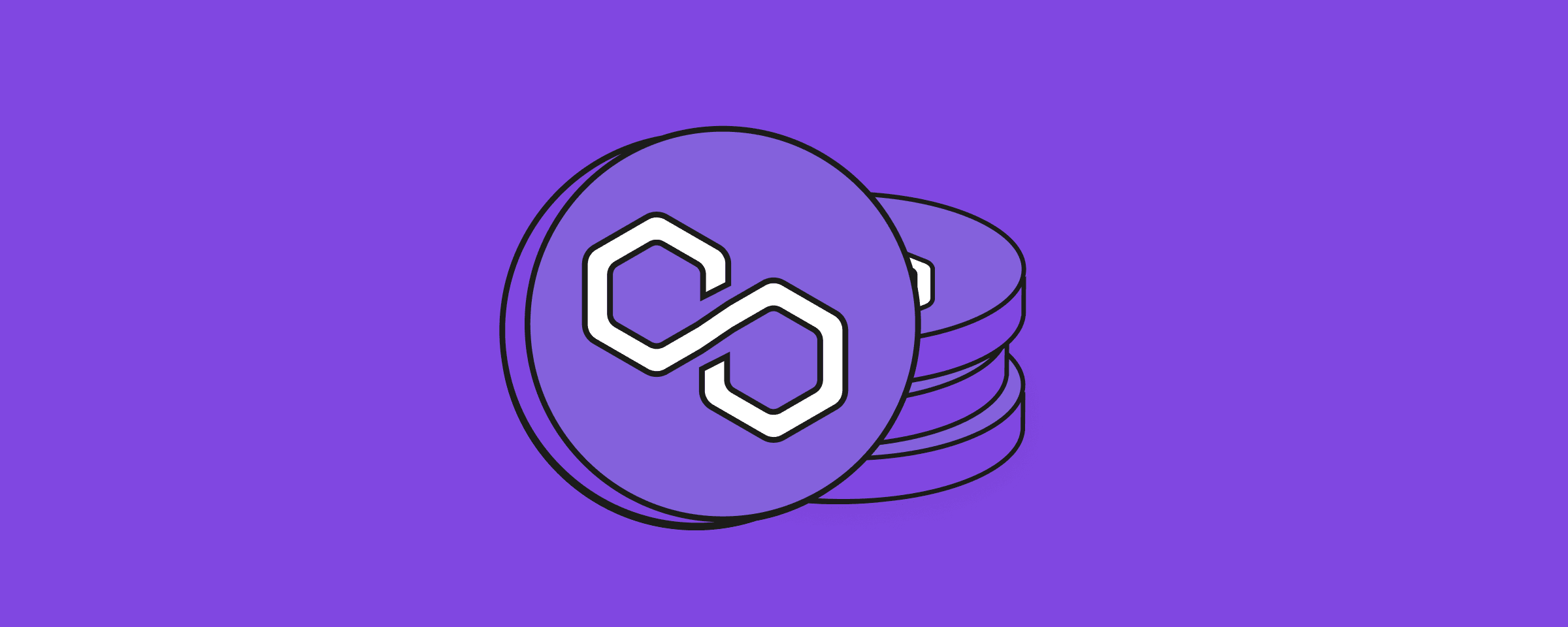Firi Explains: What are Layer-1 and Layer-2 protocols?
In a decentralized ecosystem, we can look at Layer-1 protocols as the basic architecture. Examples of Layer-1 protocols are Ethereum and Cardano which both have their own blockchain and their own ecosystem. Layer-2 protocols build on top of Layer-1 protocols. Among Layer-2 protocols we find, for example, Polygon, which has its own ecosystem built on the Ethereum network. Another example of Layer-1 and Layer-2 is Bitcoin and Lightning Network.
Layer-1 and Layer-2 protocols work well together, as the Layer-2 protocol uses the architecture of the Layer-1 protocol. Two individual Layer-1 protocols, on the other hand, do not work optimally, as they have two very different architectures.
The side chain has a high capacity and provides fast and cheap transactions. One disadvantage is that it is not as secure as Ethereum's main chain, partly because the network of validators (those who approve transactions) is not as decentralized. Partly because of this, Polygon launched an alternative scaling solution called zkEVM in March 2023.
